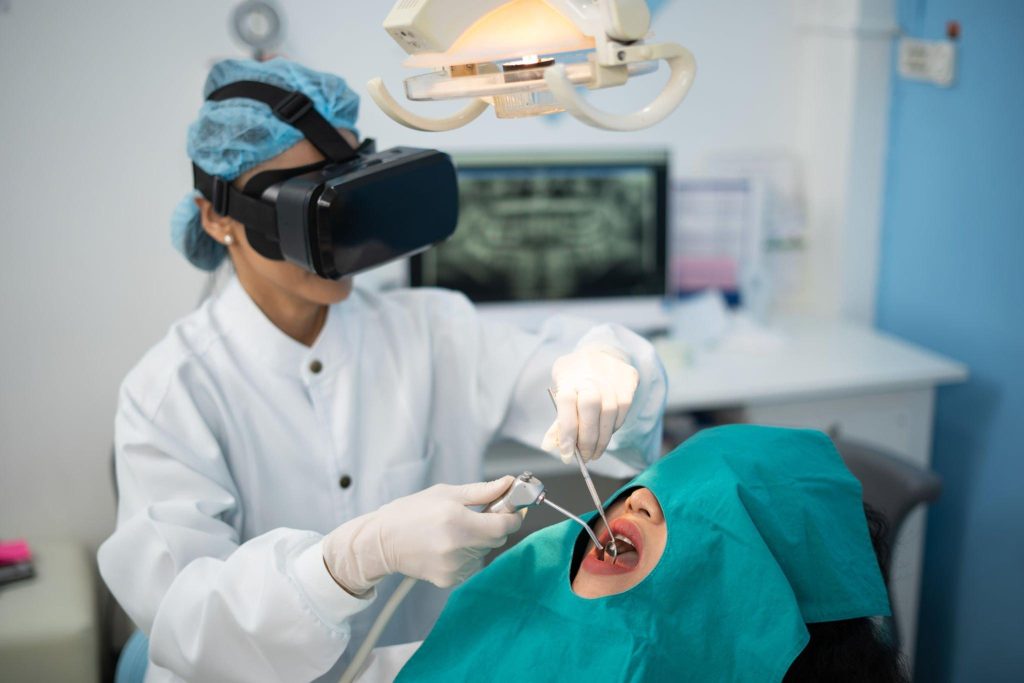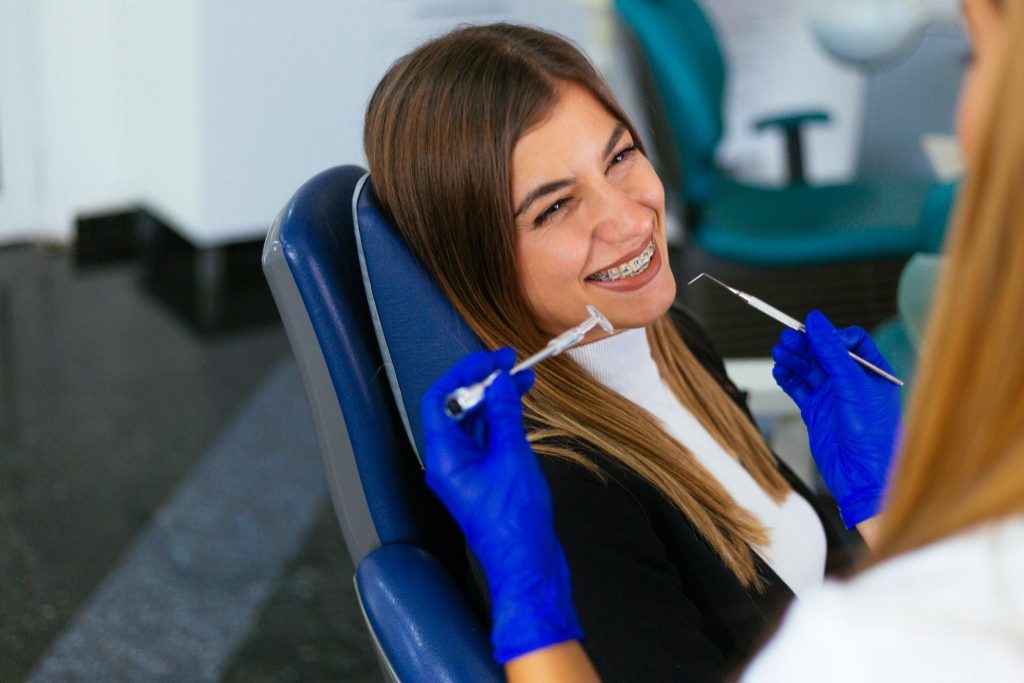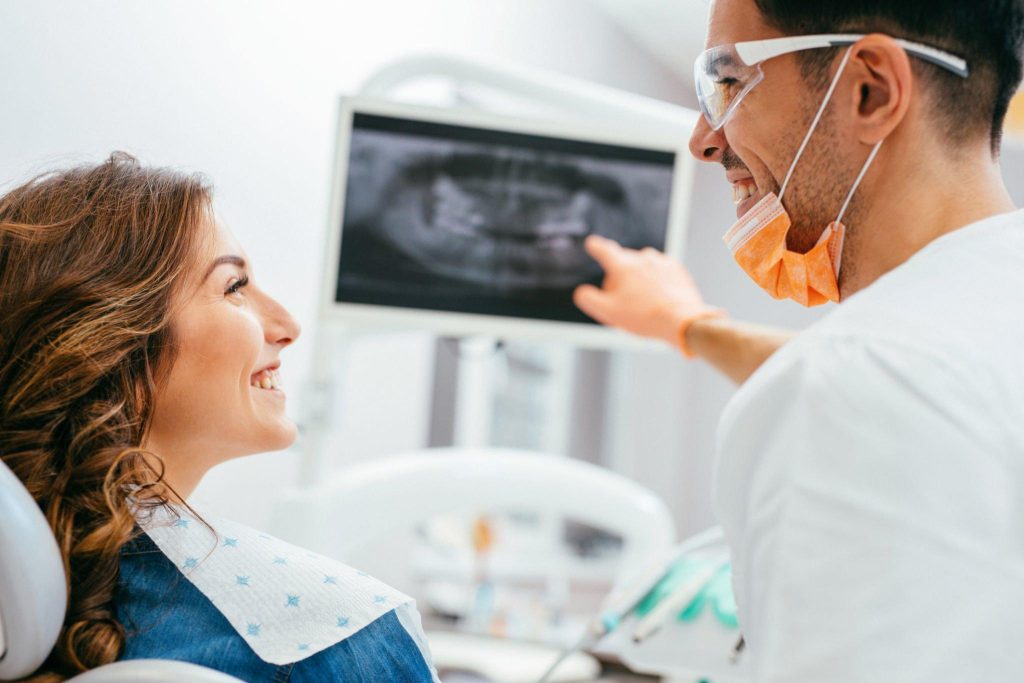Shared decision-making (SDM) in dentistry, an approach that involves patients actively in their treatment decisions, is increasingly recognized as crucial for improving patient satisfaction and treatment outcomes.
This article was inspired by research including Patil (2021), and we explore how SDM and patient decision aids are enhancing the dental care experience.

The Concept of Shared Decision Making in Dental Care
Emphasizing Patient Participation
SDM in dentistry is a collaborative process where dentists and patients work together to make decisions about the patient’s treatment plan, considering both clinical evidence and the patient’s preferences and values.
Key Elements of SDM:
- Informed Patient Choice: Providing patients with all relevant information about treatment options.
- Patient Values and Preferences: Incorporating the patient’s individual needs and lifestyle into the decision-making process.

The Role of Patient Decision Aids in Dentistry
Facilitating Informed Decisions
Patient decision aids are tools designed to help patients understand their dental treatment options, the potential outcomes, and the associated risks and benefits, thereby facilitating informed decisions.
Applications of Decision Aids:
- Visual and Interactive Formats: Using charts, models, and digital platforms to illustrate treatment options and outcomes.
- Enhancing Communication: Improving dialogue between dentists and patients to clarify preferences and concerns.

The Impact of SDM on Dental Treatments
Improving Treatment Outcomes and Satisfaction
Implementing SDM in dental care has been shown to improve treatment outcomes and increase patient satisfaction by ensuring that treatments align with patient preferences.
Benefits of SDM in Dental Treatments:
- Increased Patient Satisfaction: Patients feel more involved and satisfied with their treatment decisions.
- Better Treatment Adherence: Patients are more likely to follow through with agreed-upon treatment plans.

Challenges in Implementing SDM in Dentistry
Navigating Barriers to Effective SDM
While the benefits of SDM are clear, there are challenges to its implementation, including time constraints in dental practices and the need for additional resources for patient education.
Overcoming Challenges:
- Training for Dental Professionals: Educating dentists on effective communication and SDM techniques.
- Resource Development: Creating user-friendly decision aids tailored to dental treatments.

The Future of SDM in Dental Practices
Anticipating Technological Integration
The future of SDM in dentistry may include more advanced decision aids, such as AI-driven tools for personalized treatment recommendations and digital platforms for patient education.
Future Innovations:
- Digital Decision Tools: Utilizing digital technology to create more dynamic and interactive decision aids.
- Integration with Electronic Health Records: Linking decision aids with patient’s digital records for a comprehensive view of health history and preferences.
Conclusion
Shared decision-making, supported by patient decision aids, is transforming dental care into a more patient-centered, collaborative process. This approach not only enhances patient satisfaction but also improves adherence to and outcomes of dental treatments. As dental practices continue to evolve, embracing SDM will be integral to providing high-quality, personalized dental care.
In Los Algodones, Los Algodones Dentists Guide is an exemplary dental clinic that has incorporated SDM into its practice. They offer a range of dental services, ensuring that each treatment plan is tailored to meet the unique needs and preferences of their patients. For more information about their patient-centric approach and services, visit Los Algodones Dentist.
